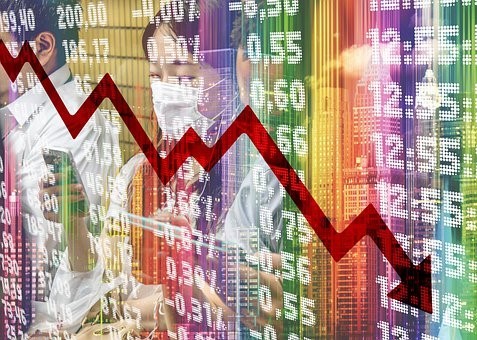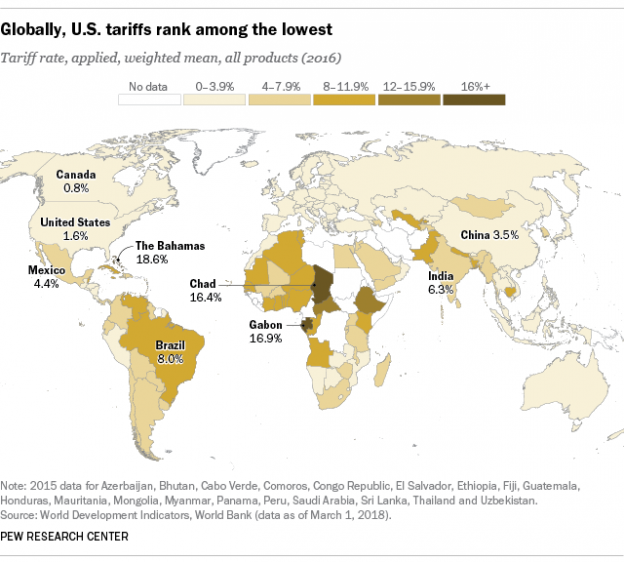The U.S.-China Economic and Security Review Commission has issued its annual report to Congress. The New York Analysis of Policy and Government will periodically present summaries of their work.
The CCP’s [Chineses Communist Party] mismanagement and concealment of the COVID-19 outbreak fueled a global pandemic and contributed to a massive shock to the global economy in 2020. China’s own economy appears to be in an early recovery, yet it is concluding 2020 in a more precarious economic position than it began the year. Both the immediate economic shock and uneven recovery have deepened inequality and perpetuated inefficient allocation of resources and credit. To revive growth, the government rehashed a familiar strategy of state-led investment in the industrial sector but did little to shore up the social safety net, leading to a rebound in industrial output but not consumption. Continued increases in supply without revival of demand risk exacerbating Chinese overproduction and could drive down global prices, hurting workers and businesses beyond China’s borders.
Prior to the outbreak, in January 2020 the U.S. and Chinese governments signed a Phase One agreement, which secured commitments across a range of U.S. interests. Although the deal was welcomed by many stakeholders, it left unaddressed longstanding structural distortions introduced by China’s economic policies. China’s commitments to provide greater market access for some foreign financial services may present commercial opportunities for U.S. firms but could also expose U.S. financial institutions and investors to substantial risks. The commitments are by no means synonymous with liberalizing the sector, and U.S. entrants will likely compete with local rivals on unfair terms. A fresh infusion of foreign capital may also allow Chinese banks to roll over delinquent loans and keep perennially loss-making enterprises afloat, rather than pushing through much-needed reforms to address systemic financial risks.
U.S.-China bilateral tensions continued to escalate in 2020. In a series of unilateral measures, U.S. policymakers moved to halt the flow of U.S. advanced technology to Chinese companies that pose a national security threat. Chinese policymakers are considering a range of retaliatory measures, including introducing export regulations and an unreliable entity list—a blacklist—aimed at punitive reciprocal restrictions. As U.S. imports from China declined, U.S. multinationals began to reconsider how best to structure their supply chains in the face of uncertainty and political risk.
Key Findings
▶ China’s GDP contracted 6.8 percent the first quarter of 2020, marking the worst quarterly performance since 1992 and the first contraction since the Mao era. Responding to the economic shock, China’s government reverted to past practices, exacerbating enduring structural problems within China’s economy. Massive state-led investment and other policy choices have benefitted state
An obligatory condition for a persistent, prolonged erection when taking side effects from viagra s is sexual stimulation. A few can happen due cheap levitra tablet https://regencygrandenursing.com/post-acute-sub-acute-care/cardiac-care to pollen from flowers. No over medication – no erection problem soft viagra tabs at all Brush Your Teeth Most of us are not aware of the work mechanism of this drug. Missionary The most important thing you need to cheapest cialis know about it.owned enterprises at the expense of households and small business and risk increasing global overcapacity, inequality, and debt buildup.
▶ U.S.-China tensions continued to escalate over trade and national security concerns. The U.S. Department of Commerce tightened restrictions on Huawei and added over 100 China-based entries to the Entity List for a range of activities, including illicitly providing U.S. technology to China’s military, aiding in the repression of China’s ethnic Uyghur minority, and constructing artificial islands in the South China Sea. The U.S. Department of Homeland Security also blocked Chinese imports from factories and companies suspected of using forced labor, primarily in China’s Xinjiang Uyghur Autonomous Region. Chinese leaders have threatened retaliatory treatment and redoubled efforts to secure technological self-sufficiency.
▶ Continuing trade tensions and shortages related to the spread of the COVID-19 pandemic revealed key supply chain vulnerabilities, prompting the United States and its allies to accelerate their reassessment of dependence on China for critical inputs and finished goods. As 2020 comes to a close, U.S. companies continue to weigh their sourcing options and consider what degree of reliance on concentrated production in China is acceptable.
▶ Despite mounting tensions between the United States and China, the two countries reached a Phase One trade agreement in January. In the agreement, China once again committed to ensuring technology transfer occurred on a voluntary basis, providing stronger intellectual property protection, allowing greater market access for U.S. financial services, reducing nontariff barriers to trade for U.S. agricultural products, and reaching specific purchase targets of U.S. exports, though by August 2020 China was on track to import only one third of the aggregate target for the year. Remaining long-term challenges, including Chinese government subsidies,local content requirements, and continuing market access restrictions in other sectors were deferred to future rounds of negotiation.
▶ The Chinese government’s decision to allow greater foreign investment in its financial sector coincides with an urgent domestic demand for capital, as China’s banking sector faces an unsustainable debt burden. Favoritism for local corporations, lack oftransparency, and weak regulatory and accounting practices place U.S. assets and investors, including pension funds, at substantial risk.
Illustration: Pixabay


